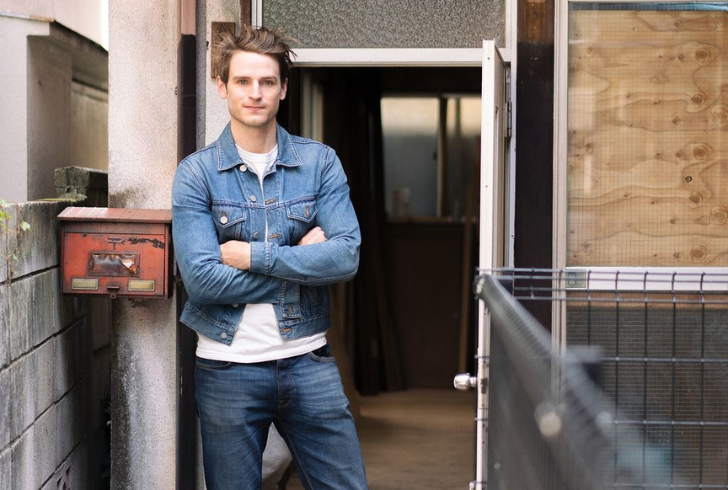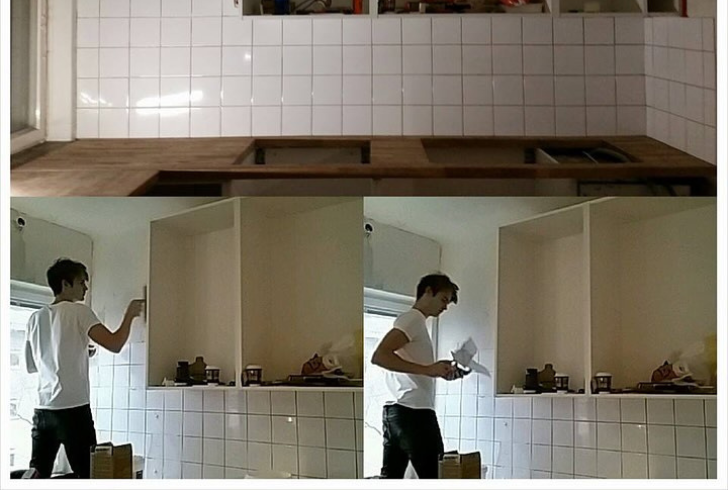Abandoned houses, or “akiyas,” are becoming more common in Japan. These homes are mostly found in rural and suburban areas. Many of them are empty because families have moved to bigger cities, or because Japan’s population is getting older. This trend is creating an interesting opportunity for people who want to renovate and restore old houses.
Japan’s Growing Problem with Empty Homes
Japan is facing a serious issue with abandoned homes. The country’s population is shrinking, and fewer people are being born. At the same time, Japan’s senior population is growing. Nearly 30% of the people in Japan are over 65. Many younger people leave the countryside to live in cities, leaving behind homes that no one wants. In fact, there are over 9 million vacant homes in Japan. Some of them are even priced as low as $10,000. For people willing to invest in these houses, there’s a great chance to restore them.
The Story of Anton Wormann and His Akiya Project

Anton Wormann, a 32-year-old designer and renovator, found an old house and decided to bring it back to life. Wormann’s love for Japan began in 2015, when he first visited for work. He came back year after year, drawn to the country’s culture, food, and beauty. In 2018, he moved to Japan for good. That’s when he started noticing abandoned houses all over the countryside. With his experience in design and renovation, Wormann saw the potential in these houses and decided to turn one into a luxury short-term rental.
Buying and Renovating the House
Wormann found a house that was 86 years old. He bought it for about 8 million yen (around $54,000). However, the house was in bad shape. It had termites, broken structures, and lots of damage. Despite this, Wormann saw its potential. He loved how much sunlight the house got and the fact that it had a strong foundation. He knew with hard work, he could make it beautiful again.
“I loved the sunlight, I loved the size, and with a solid foundation, there’s really nothing you can’t fix,” he said.
Challenges of Renovating the Akiya
Renovating the house was not easy. The space was small, so everything had to be done carefully. Wormann spent a lot of time tearing down walls and removing debris. It was a slow, hard process. But Wormann didn’t mind. He wanted to respect the original design while adding modern touches. The renovation took about 1,500 hours over 15 months, with each decision focused on making the space both functional and beautiful.
“Creating something beautiful takes time; it’s about crafting something unique and irreplaceable,” Wormann shared.

Blending Tradition with Modern Design
Wormann’s design choices focused on blending modern amenities with traditional Japanese style. He kept elements like tatami mats and shoji screens, which are classic features in Japanese homes. He also added minimalist furniture and modern lighting to give the house a fresh look. Wormann made sure each room made the most of natural light, creating a warm and inviting atmosphere.
A Beautiful New Rental Home
Today, Wormann’s property is a high-end Airbnb, offering guests a unique experience. The house blends Japan’s rich cultural heritage with modern comfort. Guests can enjoy a stylish, comfortable stay while getting a taste of traditional Japanese architecture. The success of this renovation shows how abandoned houses in Japan, with the right vision and care, can become valuable and profitable.





